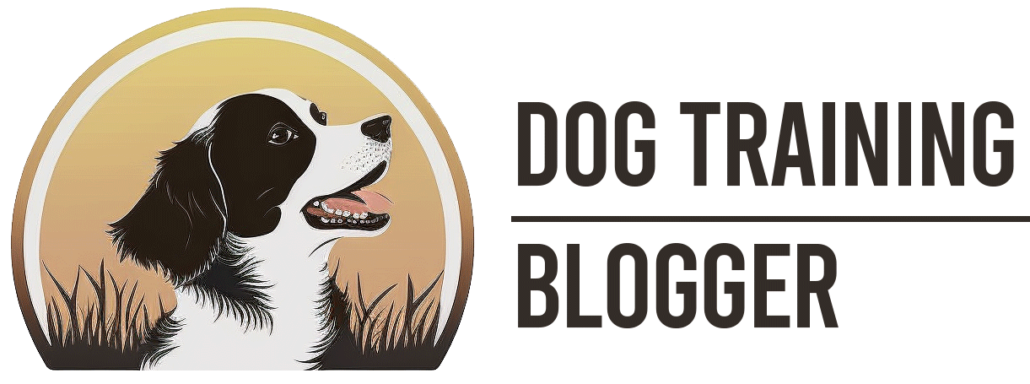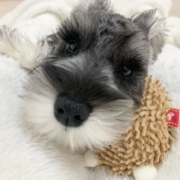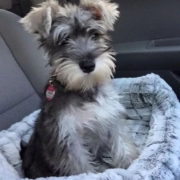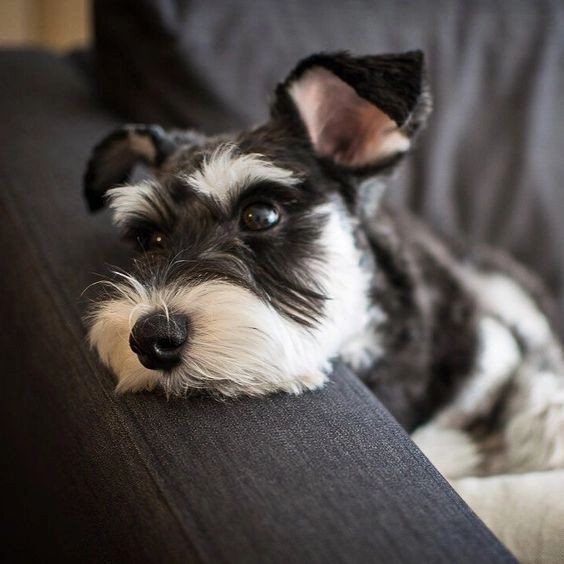Establishing a Feeding and Bathroom Schedule for a Puppy
In this guide, we’ll tackle the essentials of setting up a feeding and bathroom schedule for your new fluffy devoted forever friend.
We’ll cover everything from meal times to potty breaks, all in an easy-to-follow, engaging format. So, let’s get started straight away!
How do I establish a feeding and bathroom schedule for my puppy?
In a nutshell: Consistency, patience, and observation are key to establishing a successful feeding and bathroom schedule for your puppy.
Creating a feeding and bathroom schedule involves setting regular meal times, offering frequent potty breaks, and monitoring your puppy’s habits. Consistency helps your pup feel secure and makes housebreaking easier. Remember, it’s essential to be patient during this process, as every pup is unique and will adjust at their own pace.
| Key Takeaways |
|---|
| Consistency is crucial for success |
| Set regular meal times |
| Offer frequent potty breaks |
| Monitor your puppy’s habits |
| Be patient and understanding |
| Adjust as needed based on your puppy’s progress |
Understanding Your Puppy’s Nutritional Needs
Puppies grow rapidly and have unique nutritional requirements compared to adult dogs.
They need more frequent meals and a balanced, age-appropriate diet. It’s essential to understand your pup’s specific needs to ensure they get the right nutrients for healthy growth and development.
Consult your vet for personalized recommendations based on your puppy’s breed, age, and size.
Housebreaking Basics
Housebreaking is a crucial part of raising a well-behaved pup. Establishing a consistent bathroom schedule helps your puppy understand where and when they should do their business.
The key to successful housebreaking is patience, positive reinforcement, and being proactive in offering potty breaks. Accidents will happen, so be prepared to clean up and continue with the training process.
Signs Your Puppy Needs a Potty Break
Understanding the signs that your puppy needs to go potty is essential for preventing accidents and reinforcing good bathroom habits. Common signs include sniffing, circling, whining, or sudden changes in activity.
Keep a close eye on your pup, especially after meals, playtime, and naps, as these are prime times for potty breaks.
Adjusting the Schedule as Your Puppy Grows
As your puppy grows and matures, their feeding and bathroom schedule will need to be adjusted accordingly. Gradually transition to fewer meals per day and increase the time between potty breaks as your pup gets older.
Regular check-ups with your veterinarian will help you determine the best feeding and bathroom schedule for your growing pup.
Top 5 Tips
Here’s an overview of our top tips for establishing a successful feeding and bathroom schedule for your puppy:
Consistency is key
Stick to a regular schedule for feeding and bathroom breaks to help your puppy learn good habits and feel secure.
Feed age-appropriate food
Choose a high-quality, age-appropriate dog food to ensure your puppy gets the necessary nutrients for healthy growth and development.
Offer frequent potty breaks
Puppies need to go potty more often than adult dogs, so be proactive in offering breaks, especially after meals, playtime, and naps.
Watch for signs
Learn to recognize your puppy’s signals that they need a potty break, such as sniffing, circling, or whining.
Patience and praise
Be patient during the housebreaking process, and use positive reinforcement to encourage good bathroom habits.
In Summary
By following this guide, you are now well on your way to establishing a successful feeding and bathroom schedule for your puppy.
Remember that consistency, patience, and understanding are crucial during this process. With time and dedication, your puppy will learn good habits, and you’ll both enjoy a harmonious life together.
Frequently Asked Questions
Here are some frequently asked questions about establishing a feeding and bathroom schedule for a puppy:
- Q: How many times a day should I feed my puppy?
A: Puppies generally need to be fed three to four times a day, depending on their age and size. Consult your veterinarian for personalized recommendations.
- Q: How often should I take my puppy out for potty breaks?
A: Puppies typically need potty breaks every 1-2 hours, especially after meals, playtime, and naps. As your pup gets older, you can gradually increase the time between breaks.
- Q: What should I do if my puppy has an accident indoors?
A: Clean up the mess promptly using an enzymatic cleaner to remove odors, and continue with the training process. Remember, accidents are normal, and patience is key.
- Q: When can I start transitioning my puppy to fewer meals per day?
A: As your puppy grows, you can gradually transition to fewer meals per day. Most puppies can be transitioned to two meals per day around six months of age. Consult your veterinarian for guidance.
- Q: How can I tell if my puppy is eating enough or too much?
- A: Monitor your puppy’s weight, energy levels, and growth to determine if they are eating the appropriate amount. Consult your veterinarian for guidance on proper feeding amounts.



